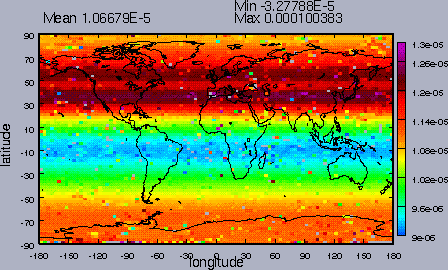.
PV-like mode 1
PV-like mode 2
Complete term
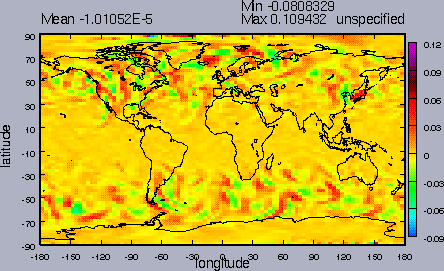
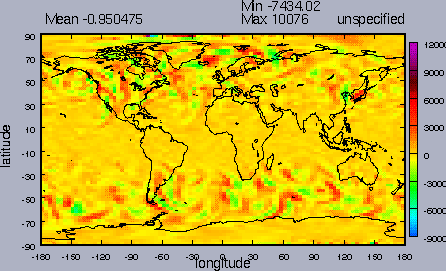
Term 1 (vorticity integral)
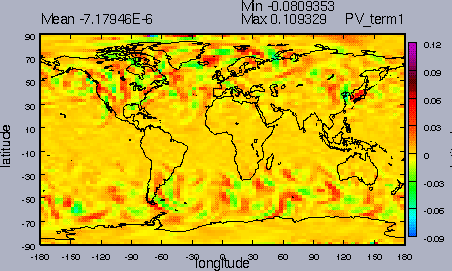
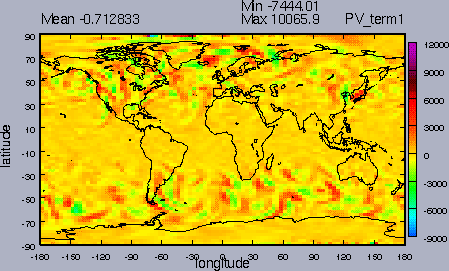
Term 2 (pressure integral)
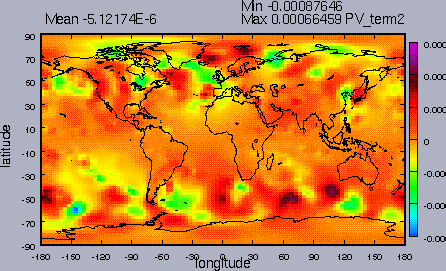
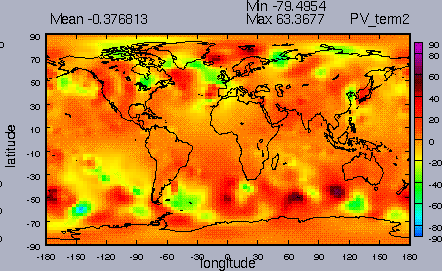
Term 3 (Q, deriv. of exner p integral)
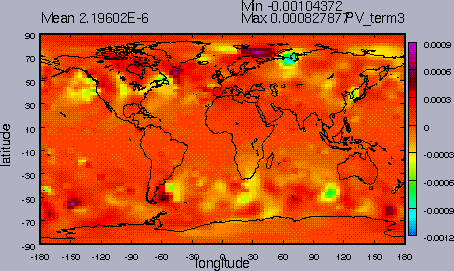
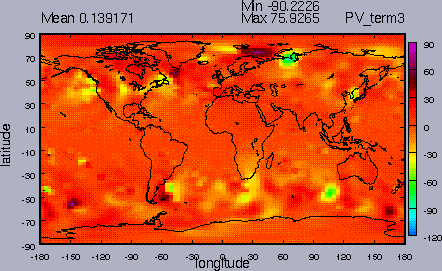
.
External mode
First internal mode
Normal mode projections
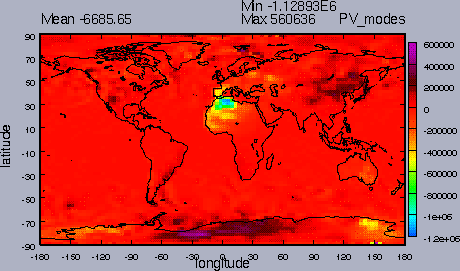
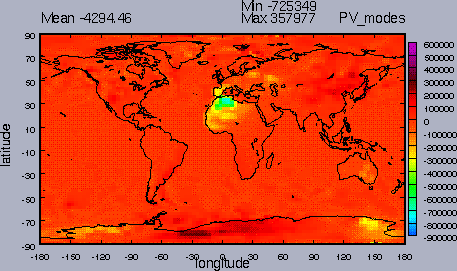
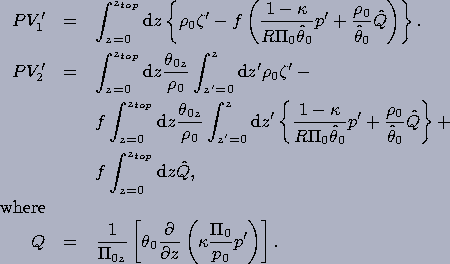
. |
PV-like mode 1 |
PV-like mode 2 |
Complete term |
 |
 |
Term 1 (vorticity integral) |
 |
 |
Term 2 (pressure integral) |
 |
 |
Term 3 (Q, deriv. of exner p integral) |
 |
 |
. |
External mode |
First internal mode |
|
 |
 |
